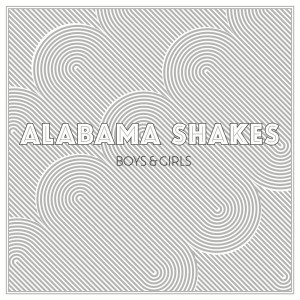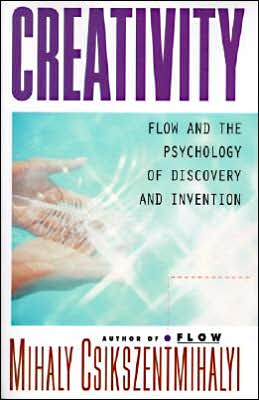Each week, we ask writers, artists, and people of interest to share what’s inspiring them lately. This week we feature picks from visual artist and painter Saba Barnard. She is a first-generation American woman from North Carolina. Her artistic perspective draws from her experience growing up Pakistani and Muslim in the United States. Saba’s portraits provide commentary on the labels used to identify and separate ourselves, with specific regard to gender, race, and religion. She explores her heritage by incorporating the geometric patterns of Islamic art and the colorful designs of South Asia within a contemporary American context. Visit her website Art By Saba and follow her on Twitter at @SabaBarnard. Her work is shown at Pleiades Gallery in Durham, North Carolina, and her series of portraits “The Light” will exhibit at The Carrack Modern Art in Durham, January 14-25, 2014.
1. Textile Printing, Traditional and Digital Techniques
Troubleshooting at the kitchen table. Duhhh… How have I not been using this process until just now?? #motherland pic.twitter.com/niu8rQHV8q
— Saba Taj (@itsSabaTaj) September 17, 2013
 2. Alabama Shakes Pandora Station
2. Alabama Shakes Pandora Station
Good music is essential for getting in the zone. These days I’m listening to the Alabama Shakes station on Pandora. It’s like the Bermuda Triangle (in a good way) of Pandora stations, where all these different genres of music meet and create some serious headphone perfection.
3. Creativity: Flow and the Psychology of Discovery and Invention by Mihaly Csikszentmihaly
I’ve just started this book, but it is extremely interesting already. The author, a psychologist, has compiled information about the lives and creative process of 91 successful creatives in various fields. He makes the distinction between personal creativity and a creativity that makes a mark on culture, asserting that Creativity with a “big C” is defined not only by the creative individual, but also by society’s support and valuation of their work. I look forward to reading the rest.
4. Winnie the Pooh on Netflix
I have a toddler, and I struggle to find shows for him to watch that are cute, age appropriate, and don’t seem to be giving him ADHD in real time. Winnie the Pooh is really sweet and the songs are great (“Little Black Rain Cloud” is my fave). I don’t think it’s particularly educational, but I love having a quality thing to watch where he can snuggle and wind down after a long, hard day of pooping his pants and squishing food in his hair.














